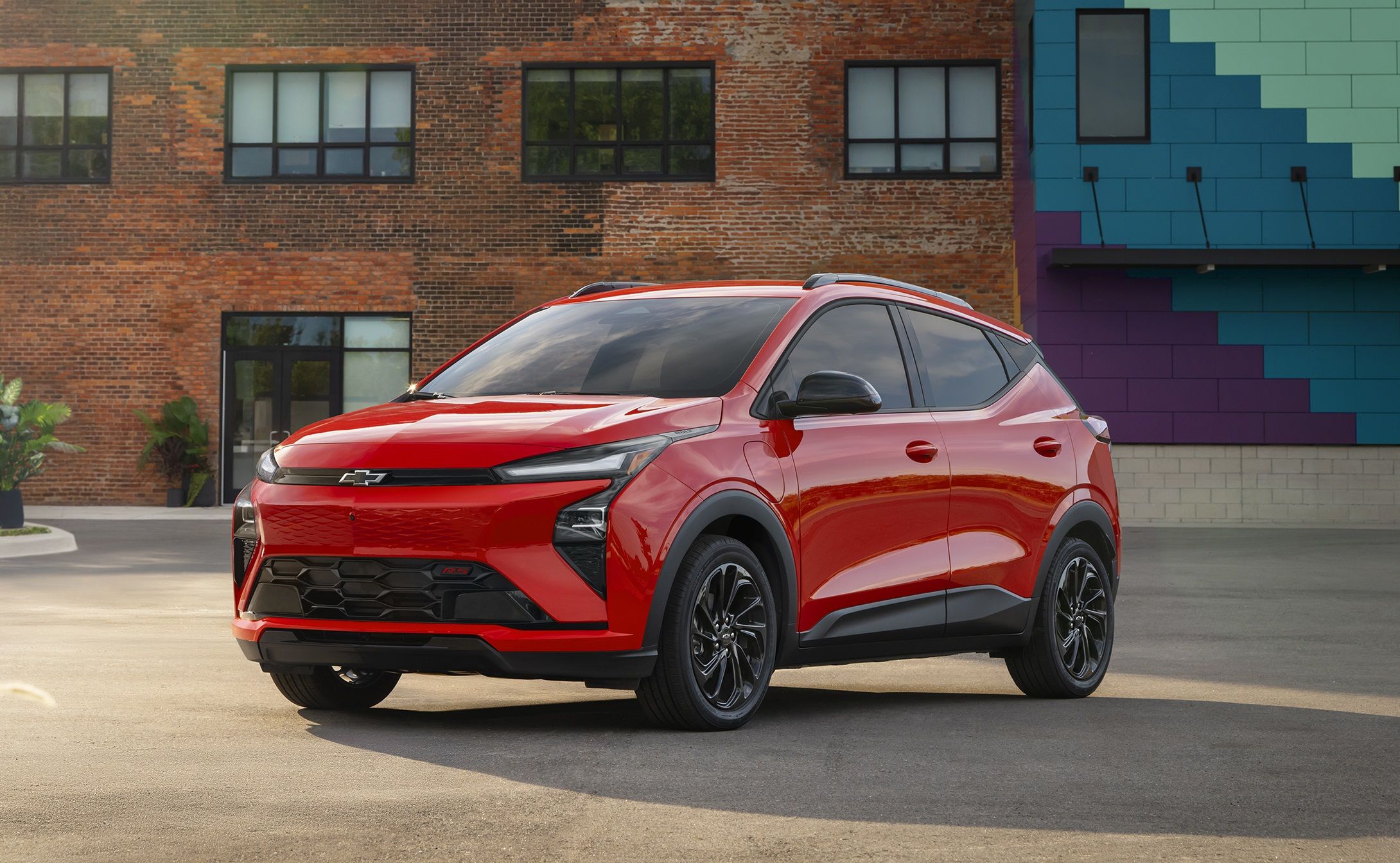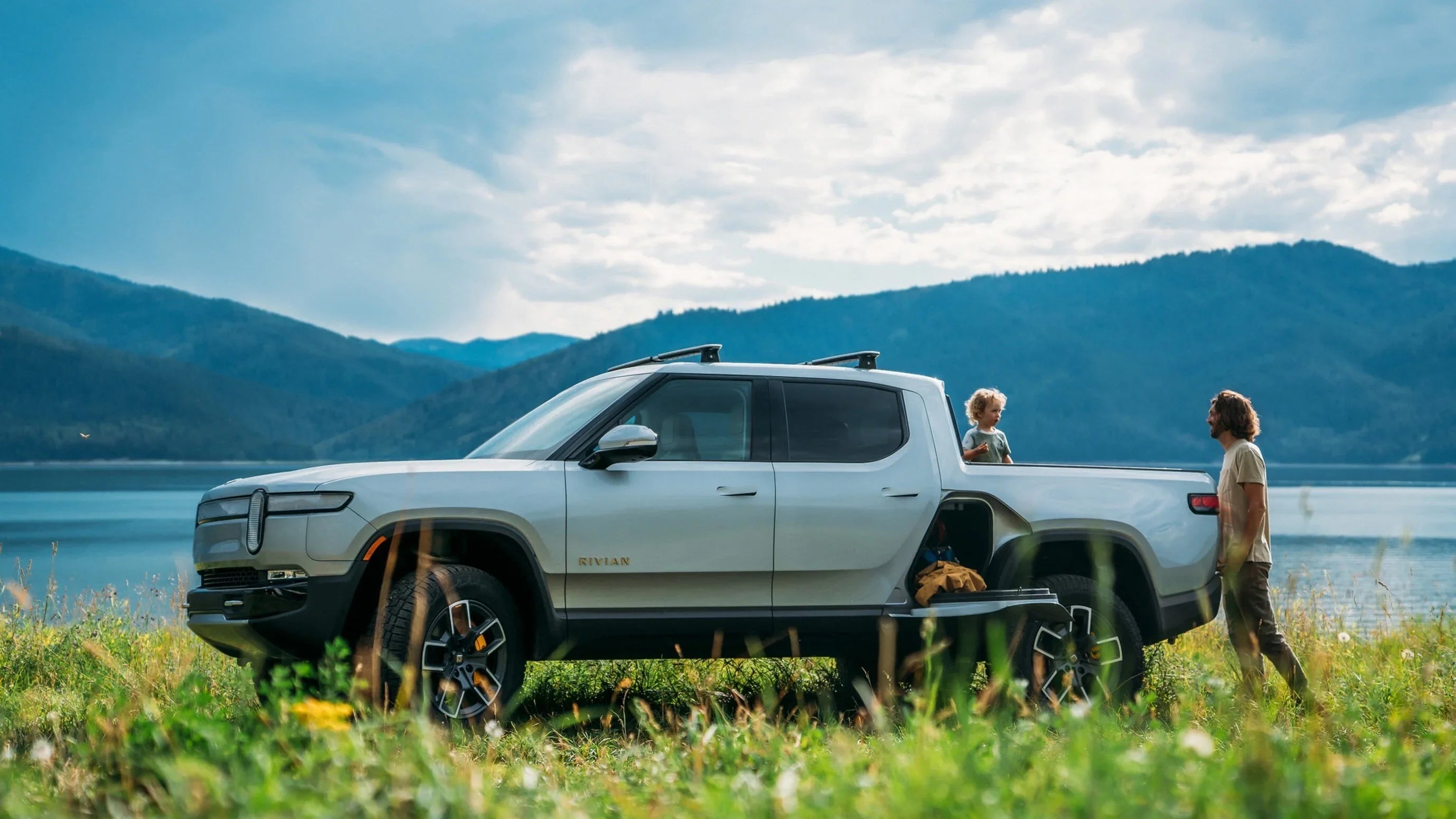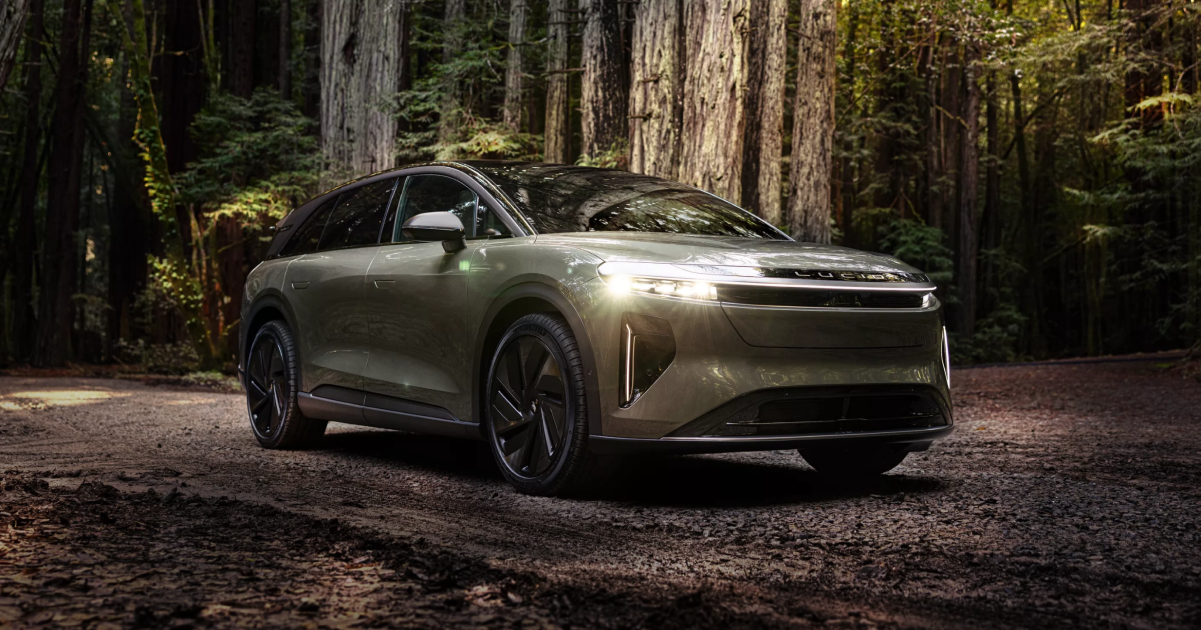The all-new 2027 Chevrolet Bolt is much more than a return—it’s a transformation. While the previous generation was known for its affordability, it lagged in charging performance. The newest Bolt fixes that with a jump to 150 kW DC fast charging, plus a new Tesla-style NACS port, upgraded components, and refined software. Road trips just got real.

Charging Speed: From Weakness to Strength
The old Bolt capped at merely 50 kW, making fast charging a chore that took over an hour. Now, the 2027 Bolt shares much of its hardware with GM’s larger EVs like the Equinox, and it delivers 2.5× the charging speed — a full 150 kW peak. That brings its 10–80% recharge time down to around 26 minutes.
This leap places it on par with newer EVs like the Nissan Leaf and Mustang Mach-E. It also outpaces rivals such as the Hyundai Kona Electric and Kia Niro EV that still limit themselves to 100 kW peaks.
Range, Port, and Charging Ecosystem
Range improvement is modest — from 247 to 255 miles — but the new charging capabilities and native NACS port make the difference. With the port built in, the Bolt can tap into Tesla’s Supercharger network seamlessly. For non-Tesla networks, owners must use a CCS-to-NACS adapter.
Companies like GM and EVgo have begun enabling Plug & Charge (no app or card needed) at compatible stations. Initially, only certain GM Energy–EVgo sites will support it, but broader rollout is expected. For Tesla Superchargers, Plug & Charge is already active or coming soon.
Under the Skin: Overhaul in Components
Though the 2027 Bolt resembles the old model in shape, under the hood it’s heavily revamped. Over 50% of its parts are new or modified.
-
A new X76 drive unit, shared with the Equinox EV
-
A 65 kWh LFP battery built with a cell-to-pack design for efficiency
-
New brake modules
-
The Global B electrical architecture / Vehicle Intelligence Platform (VIP) for faster software updates
By retaining structural steel and some body panels, GM kept costs manageable — which helps explain how they hit the $29,990 starting price (destination included).
Interior Tech: Google-Powered, Sleek, Functional
Inside, the Bolt gets a fresh look: an 11-inch gauge cluster and 11.3-inch Google-powered touchscreen. Like GM’s other EVs, there’s no Apple CarPlay or Android Auto, but early tests show the Google-native system is capable. It displays charging stations along routes and integrates with Super Cruise hands-free driving when available.

Timing, Positioning, and Market Strategy
When the 2027 Bolt goes on sale in January 2026, its competitor will primarily be the Nissan Leaf, currently starting at ~$31,485 with destination. But Bolt’s combination of upgrade tech and low pricing gives it a unique niche.
GM warns the model may be a limited-run release, so supply could become tight. They’ve said there are no production constraints, but scarcity could drive urgency among buyers.
The timing is strategic: the federal EV tax credit is gone, and many automakers are scrambling to retain sales. GM’s push with the Bolt positions it to capture demand in an era where affordability and performance must go hand in hand.
Recommend Reading: The 2027 Chevy Bolt Balances Promise With Caution








Share:
2027 Chevrolet Bolt Returns as America’s Cheapest New EV
Chevy Bolt vs. Nissan Leaf: Battle of America’s Cheapest EVs